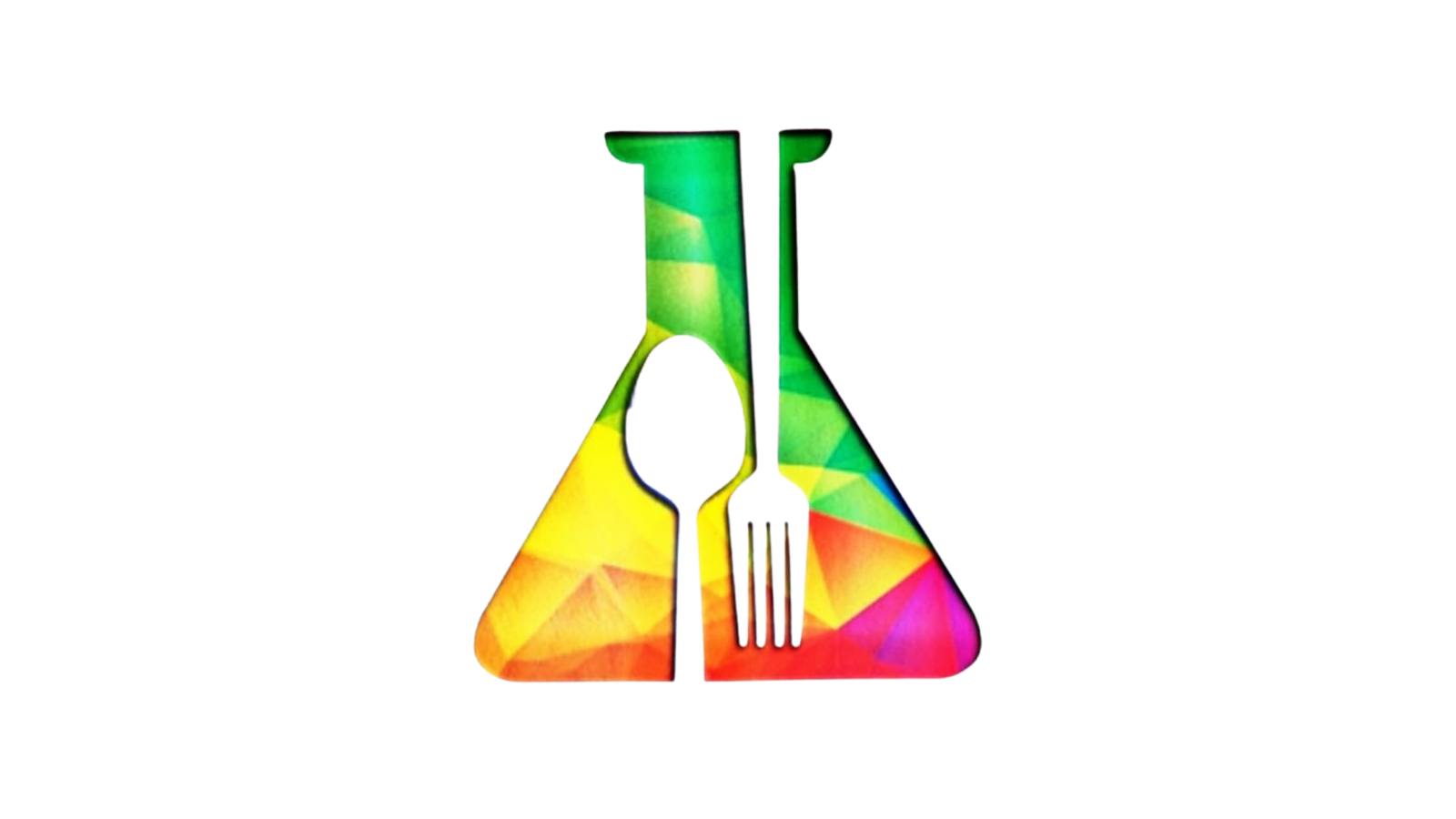Q. Casein present in milk is found in the form of
- Magnesium caseinate-phosphate complex
- Calcium caseinate-phosphate complex
- Potassium caseinate- phosphate complex
- None of the above
Answer: b)
Casein is a protein found in milk and other dairy products. Casein in milk is present as calcium caseinate in the form of micelles having negative charge which is because of the reason that milk is slightly acidic in nature with a pH of 6.6.
Q. Butter flavor is due to
- Ammonia
- Diacetyl
- Ethylene
- Vanillin
Answer: b)
Diacetyl is a naturally occurring substance that gives butter its characteristic flavor and aroma, and is often a component of artificial flavoring formulations. Acetoin, a closely related chemical, also occurs naturally and is an ingredient in many flavoring formulations, perfumes and essences.
Q. Which of the following does not give a silver mirror test with Tollen’s reagent?
A) Sucrose
B) Glucose
C) Fructose
D) Lactose
Answer: a)
The Tollens reagent refers to the chemical reagent used in the detection of a functional group of Aldehyde, a functional group of aromatic Aldehyde, or a functional group or alpha hydroxy ketone in a certain test substance.
Tollens reagent takes its name from Bernhard Tollens, a German chemist who discovered this reagent and uses it. The Tollens reagent is a solution of silver nitrate (AgNO3)(AgNO3) and ammonia (NH3)(NH3) .
The silver mirror test with Tollen’s reagent is given by molecules containing aldehyde groups. But sucrose has no aldehyde groups, and the rest of the molecule has aldehyde groups. Therefore, glucose, fructose, and lactose, except sucrose, give a positive silver mirror test.
Q. After harvesting fruits should be dipped in cold water immediately to remove
- Soils from the surface
- Remove microorganism from the surface
- Field heat
- All of the above
Answer: d)
Pre-cooling benefits:
- lowering the required workload of a cold storage since optimum storage temperature is reached more quickly
- restricting and minimizing respiratory activity, thereby conserving the weight of the produce, and enzymatic degradation of the produce harvested; thus preventing softening, water loss and wilting
- preventing microbial growth, such as bacteria and fungi thereby decreasing the rate of decay
- decreasing rate of ethylene production and the impact on ethylene sensitive produce
- delaying chilling injuries for certain fruits
- increasing the daily intake into storage facilities which should not exceed 10% of its cooling capacity if produce is not pre-cooled
Q. Which of the following statement is /are correct.
- Jam is made from fruit pulp
- Jelly is made from fruit juice
- Jam have better spreadability than jelly
- All of the above
Answer: d)
Jams are made from the entire fruit, including the pulp until the fruit reduces down and thickens to a spreadable consistency.
Jelly is the rigid cousin to jam, just as sweet, but firm, smooth and gelatinous. It’s often made from fruit juice that isn’t suitable for jam because it doesn’t contain enough natural pectin (the gelling ingredient), or it has seeds that are difficult to remove, such as those found in grapes.
🔊 Be Aware, We never charge any consultancy fee for jobs.
📲 Foodtech Network WhatsApp Jobs Group
🔗 https://bit.ly/3wOWtdT
🖥 Food Safety Training programs
🔗 https://bit.ly/3fbjKRz
📈 Food Entrepreneurs & Startups (Our services)
🔗 https://bit.ly/3JDyPIN




